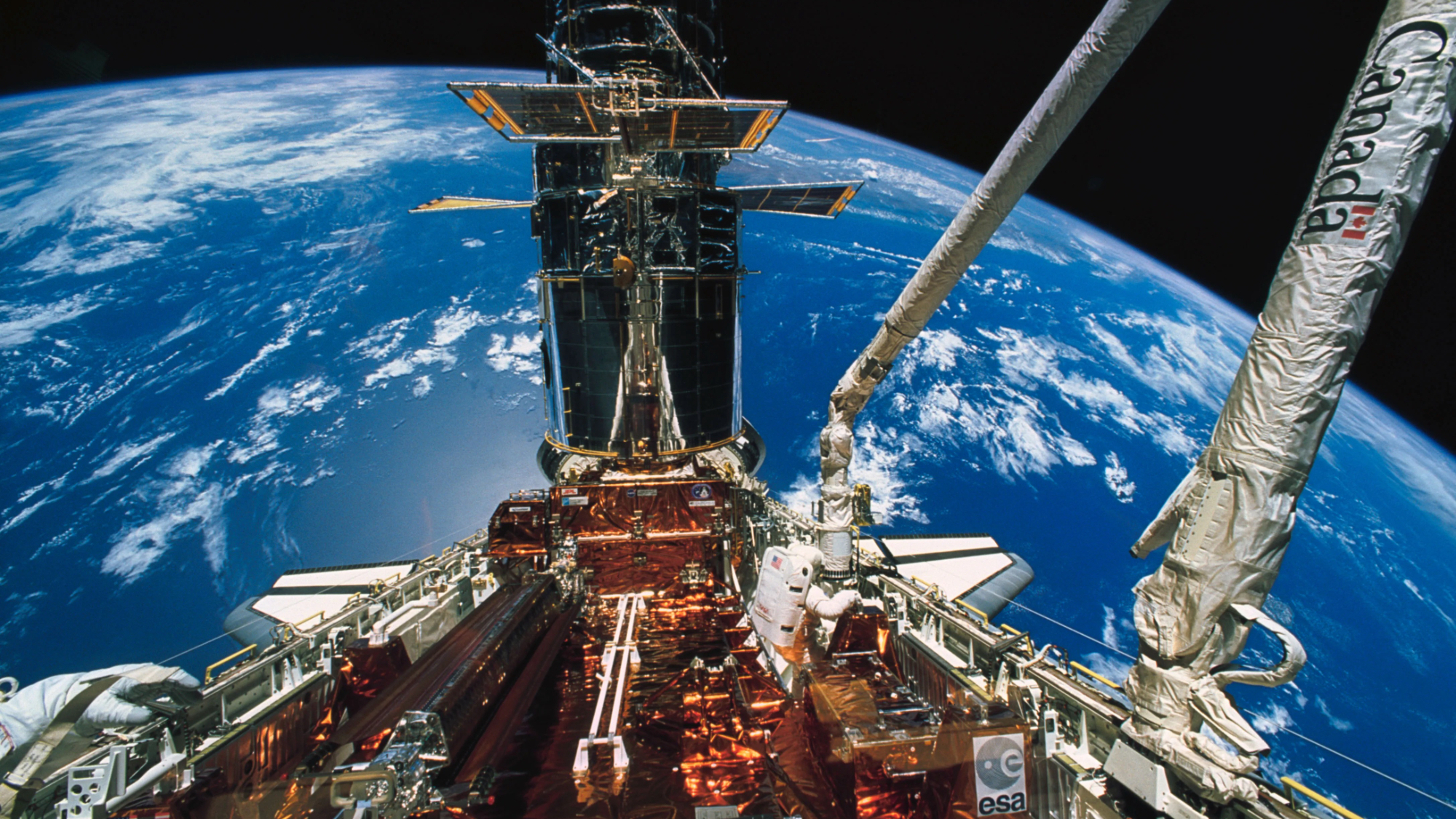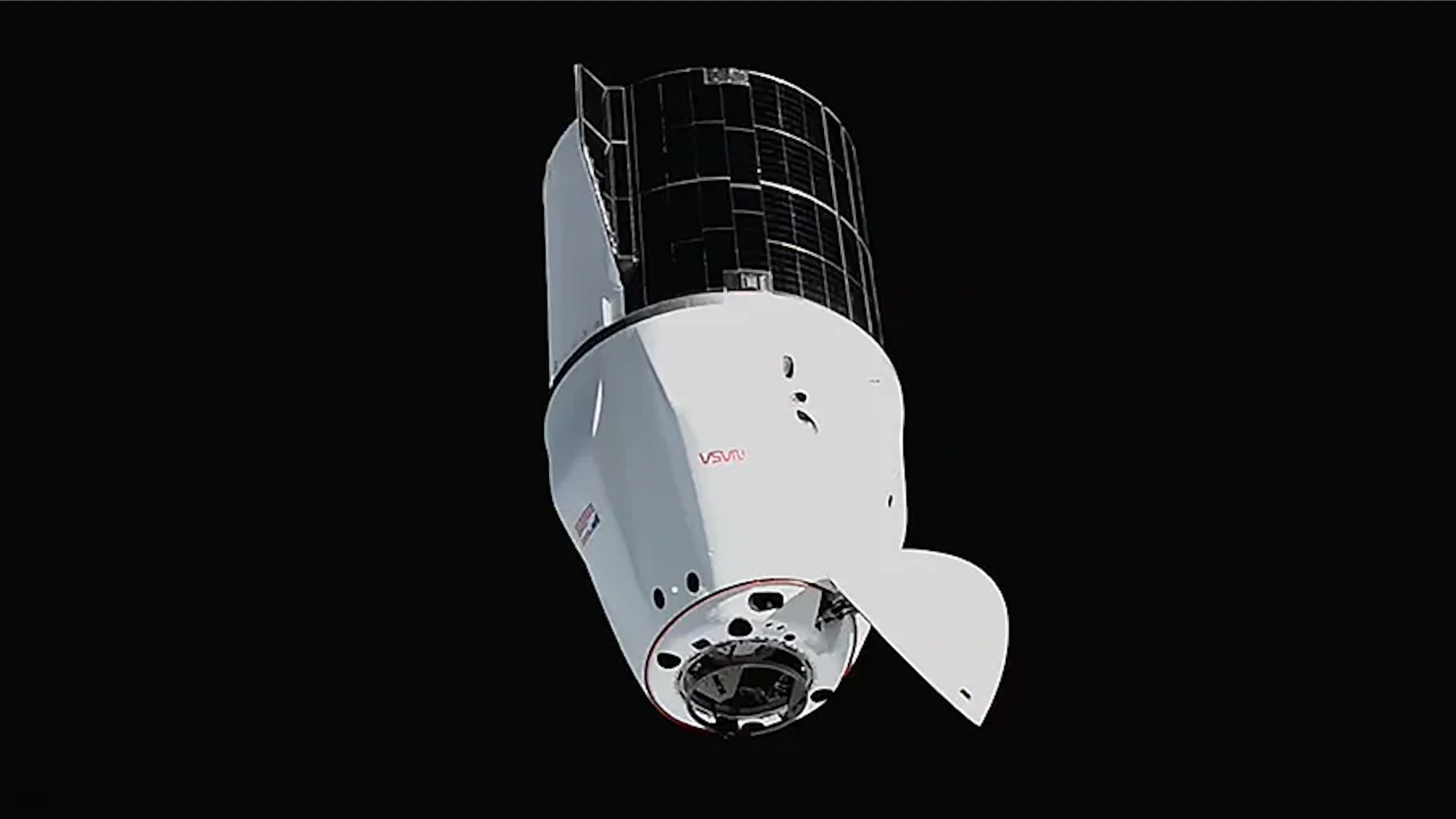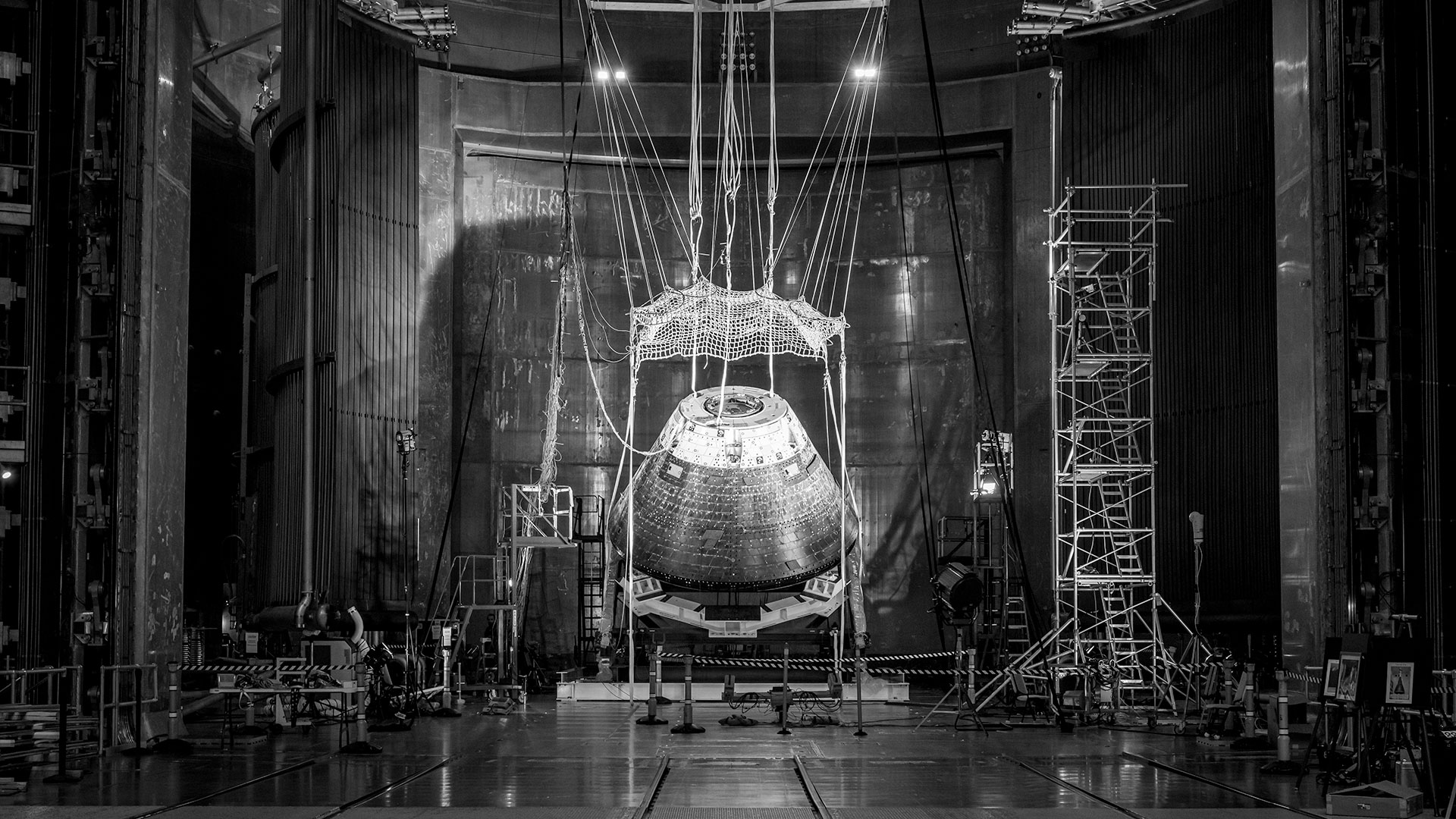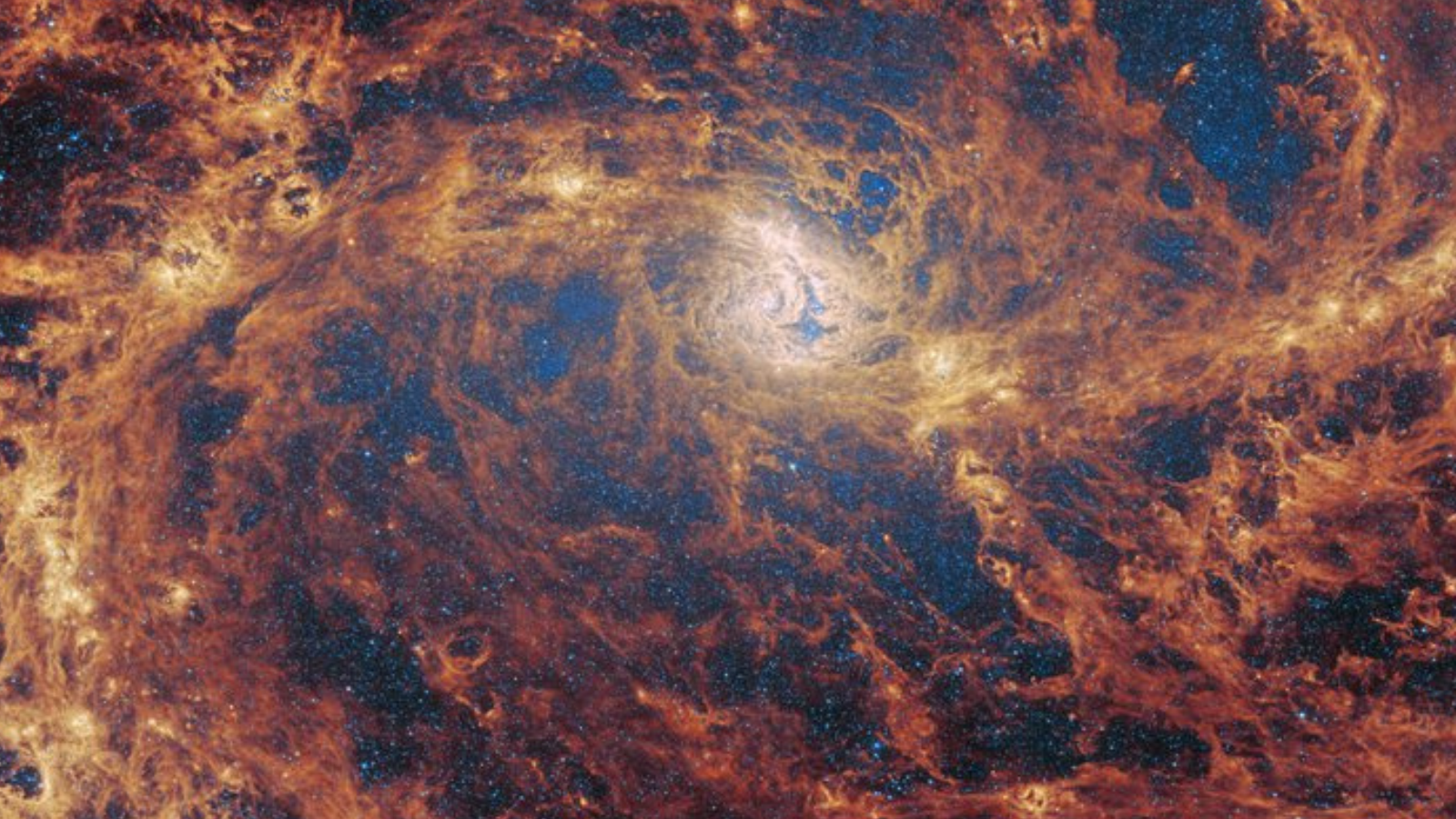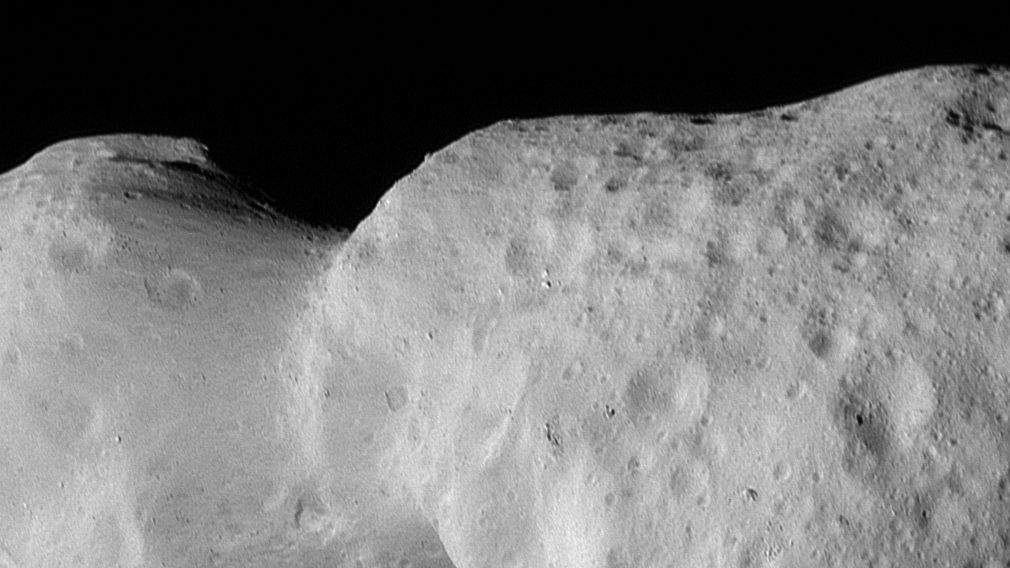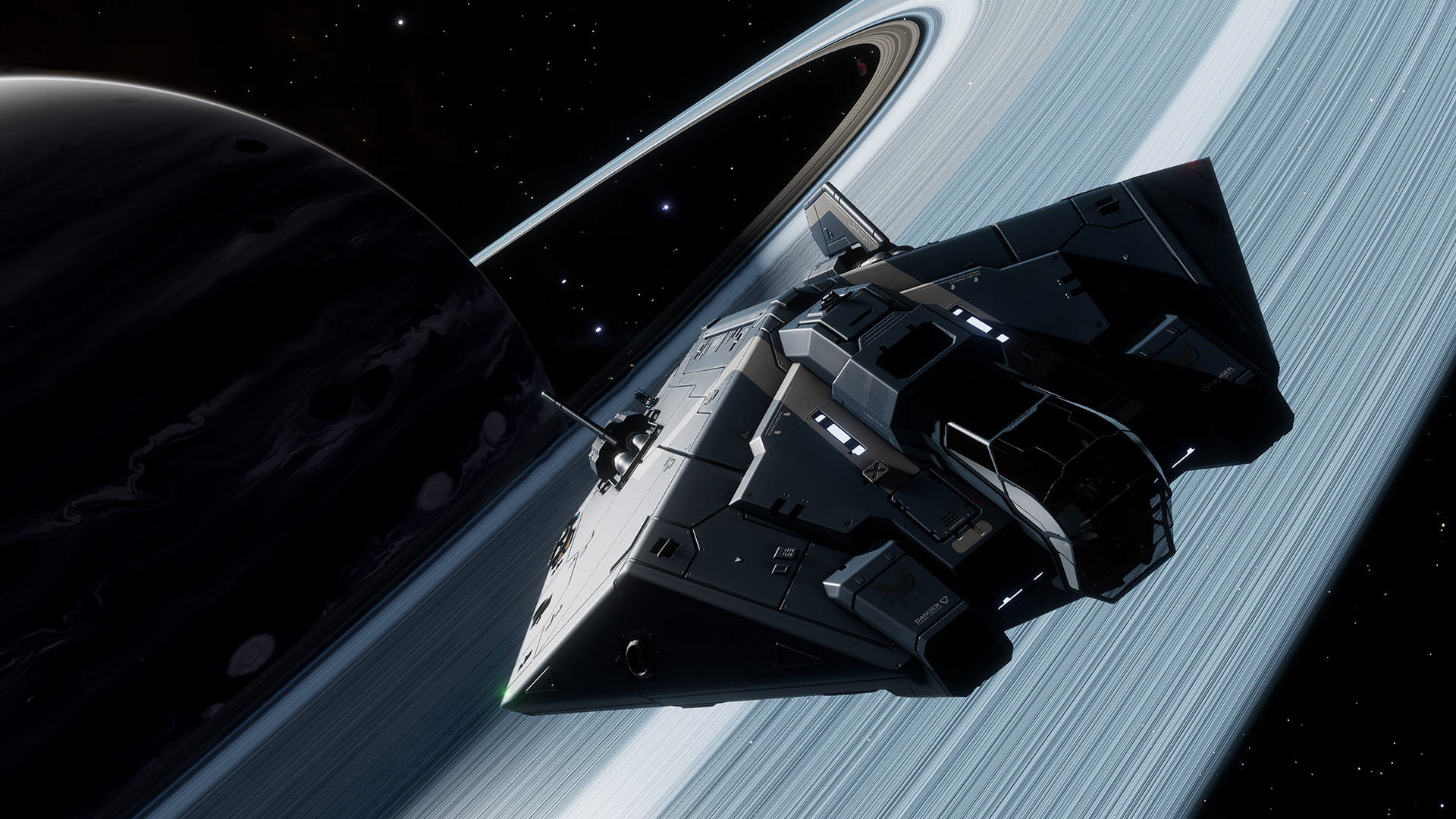Tracking Ten Years of Space Station 'Stuff'

Thisstory was updated at 1:08 p.m. EST.
Imagine forthe moment that you moved into a one bedroom apartment 10 years ago. Over thecourse of the past decade, you've torn down seven walls between your room andthe neighbors, giving you a total of eight rooms. You needed the extra space as15 of your friends sent 167 people to move in, some staying as long as sixmonths.
Oh, and didwe mention your place lacks gravity?
The first"room" for the International Space Station (ISS) launched10 years ago today, and since then 78 "moving vans" -- rockets-- have delivered new rooms (modules), furniture (equipments racks), andresidents (cosmonauts, astronauts and spaceflight participants).
That's alot of stuff, and when most people on Earth have a hard enough time finding thekeys or the remote control, let alone something they received 10 years ago, youhave to wonder how anyone finds anything aboardthe ISS after 57,309 trips around the planet since November 20, 1998.
Shoppingat the space station
GarrettReisman knows firsthand; he lived on-board the station for three months,just shy of the 10th anniversary of the launch of Zarya, the Russian-built functionalcargo block (FGB) that was the first module to reach orbit. He returned to theground this past June.
Get the Space.com Newsletter
Breaking space news, the latest updates on rocket launches, skywatching events and more!
"Somemodules are really packed," Reisman recalled, "like the FBG iscompletely covered with stuff. It is pretty much to capacity. It is very difficultto work in there."
He said thesame is true for the Russian service module Zvezda and the Pirs dockingcompartment, launched in 2000 and 2001 respectively.
"TheRussian segment is kind of maxed out on storage space," he told collectSPACE.comduring an interview. "The rest of the station is actually in a lot bettershape."
Of course,the newer the segment, the less chance it has had to become cluttered. Reismanarrived at the ISS just a month after the addition of the European labColumbus, and was there to help with the docking of two parts of the Japaneseexperiment module Kibo, the most recent living rooms to be added.
Not thatthe solution is as simple as just redistributing the supplies between segments.
"Youjust can't put anything anywhere you want," Reisman explained. "Youhave to get [Mission Control's] concurrence to move any major item from amodule to another. You can certainly make suggestions, but cargo space andstorage space is one of those things that is negotiated contractually. So youcan't just take like all the Russian gear and stick it in the European modulewithout approval from the ground. That's subject to negotiations."
Beyondinternational relations however, there's another good reason why the ISSresidents can't just reorganize as they see fit: there is a method to themadness, or in this case, storage.
"It isincredible how well the ground does know where things are," Reismanreflected. "It really surprised me when I was up there how good they were.There were times when I was looking for something and I would call down andwithin a matter of minutes, or at least hours, they would come up with alocation and low and behold, there it would be."
That MissionControl can locate just about any piece part aboard a station orbiting 200miles up can be credited to a technology most people on the ground are familiarwith when shopping: barcodes.
"Oneof the things we learned from the Russians from our partnership is that we knewthat this issue of storage and location was a major issue on space stations.That this is not something that can be taken lightly," said Reisman.
Though theU.S. had operated Skylab 35 years ago, the Russians' experience with orbitingoutposts was greater given their multiple Salyut stations and the 15 years theyoperated the Mir space station. As such, they developed an inventory managementsystem (IMS).
"Everythingon the station, pretty much everything -- I mean, like individual pieces ofunderwear, for example, might not have it to this detail, but -- almost everymajor piece of equipment up there has a barcode on it," shared Reisman."It also has a serial number and a part number that is entered into adatabase that is available on our computers throughout the whole ship, both theRussian and U.S. segments."
"Youcan do searches and you can say, 'Okay, I want to know where all the 9/16thhex-head sockets are located.' You just do a search and it will tell you thatthey are located in this particular module, in this particular rack in thisparticular bag."
Keeping thedatabase updated is the responsibility of every crew member, and the groundwatches -- literally -- to make sure that they do.
"Theycan watch on video as we work, so they have a great collective knowledge aboutwhere things have been in the past and where they probably are currently,"added Reisman.
Not thatthe astronauts have to go around remembering barcode numbers in their heads.
"Wehave barcode readers," explained Reisman, "so just like doinginventory in the supermarket, where you have a little laser that you shine onthe barcode and it beeps and it tells you what you have, you don't have tomanually enter barcodes into the computer. You can scan an item and then scanits new location, push a button and through an RF link, it updates the locationin the database."
Continue reading at collectSPACE.comabout Reisman's adventures in label-making and the label-less toy actionfigures he left behind.
NASA isproviding live coverage of Endeavour's STS-126 mission on NASA TV. Click here for SPACE.com'smission coverage and NASA TV feed.
- New Video - Drinking Water From Space Urine
- New Images - Stunning Views Endeavour's STS-126 Night Launch
- Images: The First 5 Years of Space Station Assembly
Copyright 2008 collectSPACE.com. Allrights reserved.
Join our Space Forums to keep talking space on the latest missions, night sky and more! And if you have a news tip, correction or comment, let us know at: community@space.com.

Robert Pearlman is a space historian, journalist and the founder and editor of collectSPACE.com, a daily news publication and community devoted to space history with a particular focus on how and where space exploration intersects with pop culture. Pearlman is also a contributing writer for Space.com and co-author of "Space Stations: The Art, Science, and Reality of Working in Space” published by Smithsonian Books in 2018.In 2009, he was inducted into the U.S. Space Camp Hall of Fame in Huntsville, Alabama. In 2021, he was honored by the American Astronautical Society with the Ordway Award for Sustained Excellence in Spaceflight History. In 2023, the National Space Club Florida Committee recognized Pearlman with the Kolcum News and Communications Award for excellence in telling the space story along the Space Coast and throughout the world.
